Infographic: Diversity
Diversity wins
Diversity is now considered a key component of economic and political success. According to recent studies, when companies, teams and parliaments are composed of a mix of genders, religions, ethnic backgrounds, sexual orientations and disabilities, they work better and achieve more because they are able to draw upon ideas from a wider pool. But creating diversity is not always easy.
International GIZ
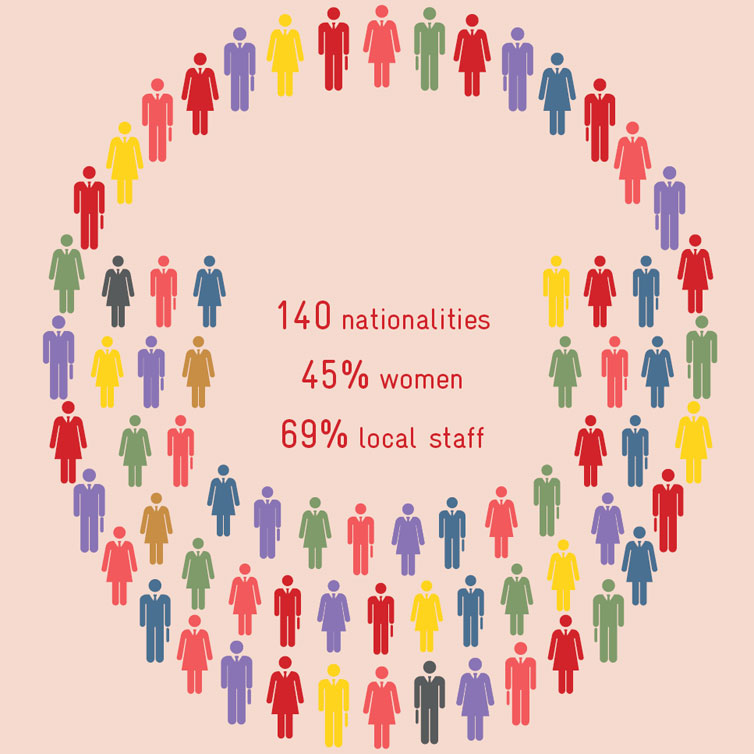

Local GIZ staff are located all around the globe, with the largest proportion in African countries south of the Sahara and the smallest in Europe and the Caucasus.
Improved sales
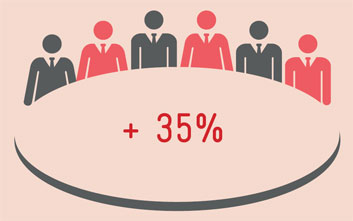
Companies with a diverse workforce have a much greater likelihood of achieving above-average sales revenues than homogenous companies: the so-called ‘diversity dividend’ is estimated at 35 per cent.
Higher growth

If women were to have equality in the labour market in all countries, it is estimated that global economic growth could rise by 26 per cent.
Greater innovation
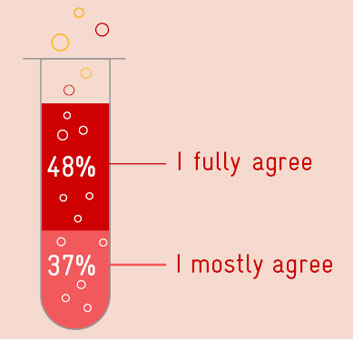
According to a Forbes survey, the majority of CEOs of leading companies consider diversity to be the key driver of innovation.
Traditional preserve of the white male
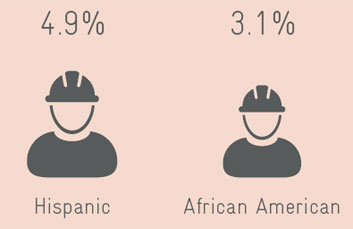
Engineers in the USA have always been a homogenous group: most are men and not from ethnic minorities. African Americans and Hispanics, in particular, are underrepresented. Nowadays, however, as the population becomes more and more diverse, engineering services also have to cater for a more mixed customer base.
Lack of inclusion
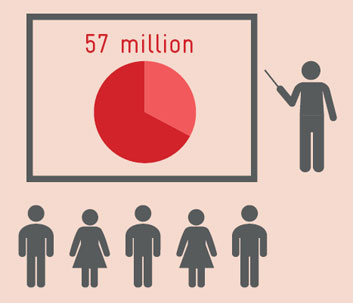
Around 57 million children around the world do not attend a primary school. Approximately one third of these are children with a disability.
Minority in parliaments
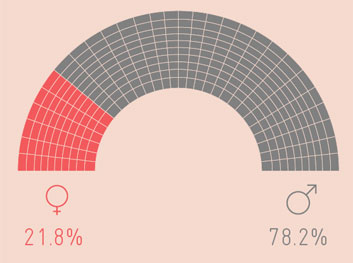
Only around 22 per cent of all parliamentarians in the world are women. Northern countries have the highest ratio, with over 40 per cent, the Pacific region has the lowest with around 13 per cent. The country with the highest proportion of women in its parliament is Rwanda; in January 2014 that figure was 64 per cent.
Sources: McKinsey, Forbes, GIZ, National Academy of Engineering, UNESCO, Inter-Parliamentary Union
published in akzente 1/16
